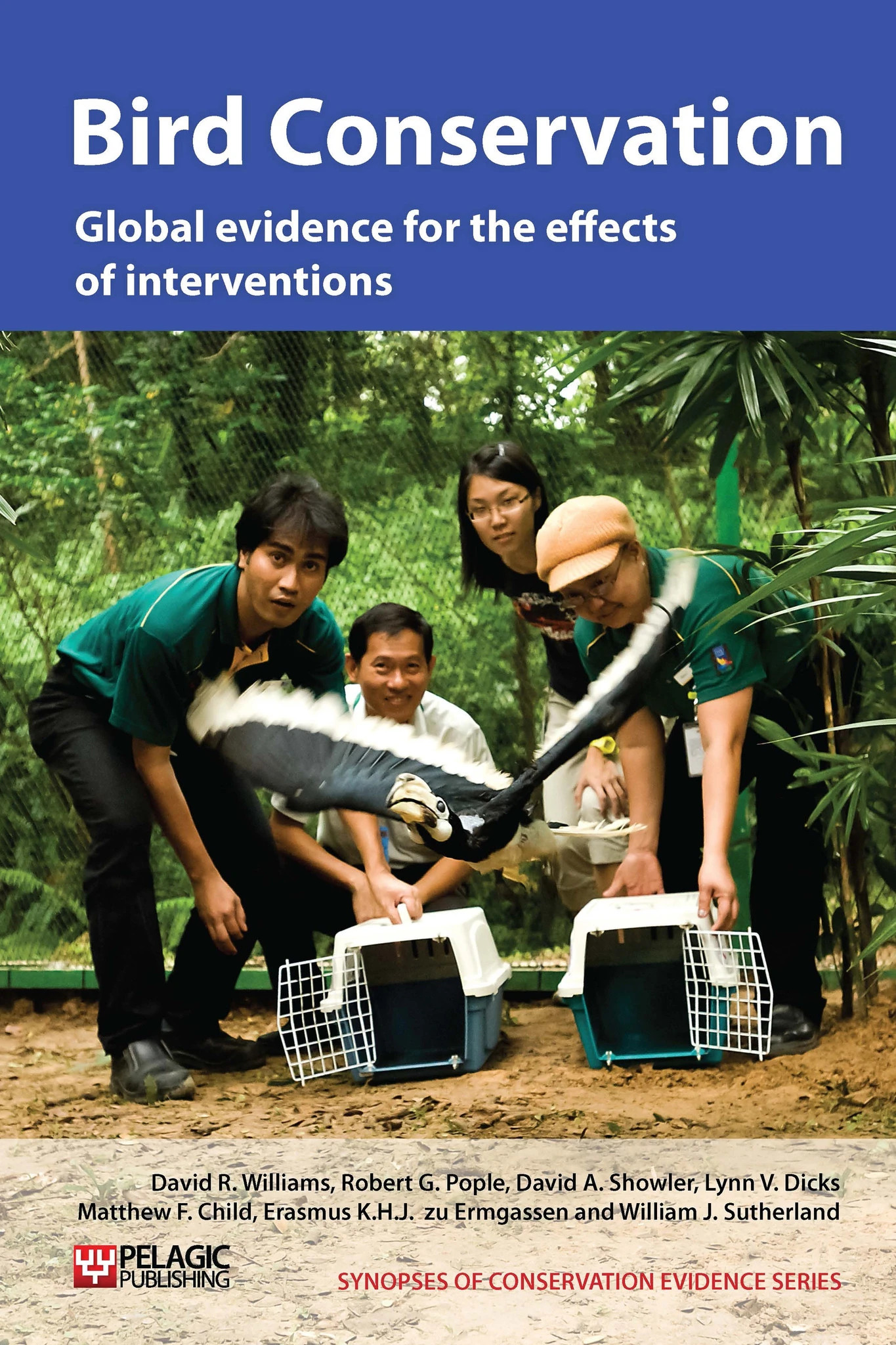Use collar-mounted devices to reduce predation
-
Overall effectiveness category Unknown effectiveness (limited evidence)
-
Number of studies: 2
View assessment score
Hide assessment score
How is the evidence assessed?
-
Effectiveness
48% -
Certainty
35% -
Harms
not assessed
Study locations
Supporting evidence from individual studies
A replicated, randomised and controlled study across the UK between April and August 2002 (Nelson et al. 2005) found that for a total of 89 cats, fewer birds were returned by those fitted with a collar and bell (41% reduction and 74 birds) or a collar with a ‘CatAlert™’ sonic device (51% reduction and 59 birds) than by cats with a plain collar (117 birds). The difference between bell and ultrasound was not significant. A second replicated and randomised study between May and September 2003 found that, for a total of 67 cats, the number of birds returned by cats was not significantly affected by whether cats were wearing collars with one bell, two bells or ‘CatAlert™’ sonic devices. In both trials, the authors note that collars were easily lost, with a total of 55 sonic device, 39 one-bell, 16 two-bell and 21 plain collars lost (and replaced) over the study. The authors also note that that this study does not support the assertion that cats can learn to adapt hunting to render bells less effective.
Study and other actions testedA replicated, randomised and controlled study in Perth, Australia in November-December 2005 (Calver et al. 2007) found that wearing a ‘CatBib™’ “pounce protector” (a neoprene flap that hangs from a collar in front of a cat’s front legs, acting either as a visual warning or as a barrier to pouncing) for three weeks, reduced the number of cats catching birds by 81% compared to when the same cats were not wearing the ‘CatBib™’ (5 vs. 26; n = 56 cats). The average number of birds captured per cat was also significantly lower (0.29 vs. 0.88). Adding a bell to the ‘CatBib™’ did not further reduce hunting.
Study and other actions tested
Where has this evidence come from?
List of journals searched by synopsis
All the journals searched for all synopses
This Action forms part of the Action Synopsis:
Bird Conservation
Bird Conservation - Published 2013
Bird Synopsis





)_2023.JPG)














